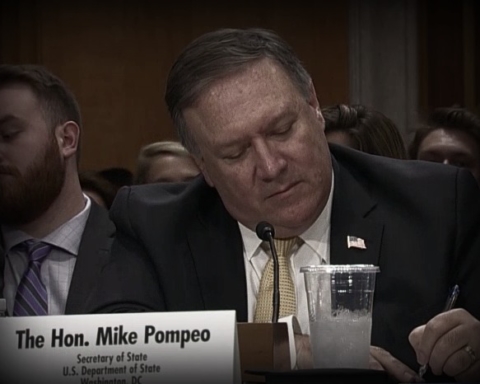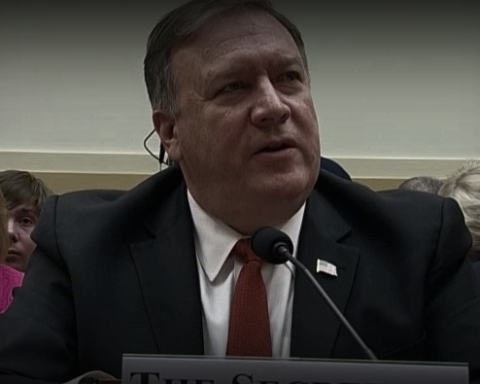In an effort to rid the nation of the waste accumulated during America’s longest war, US military bases in Afghanistan are using open-air burn pits in violation of laws that prevent the incineration of hazardous materials, according to a watchdog report published Thursday.
The Special Inspector General for Afghanistan Reconstruction (SIGAR) sounded the alarm over the practice after finding that “US military and civilian personnel were continuously exposed to the potentially harmful effects associated with burning solid waste in open-air burn pits.”
The toxic exposure occurred “not only before, but also after Congress and DOD acted to restrict the use of open-air burn pits to dispose of hazardous substances.” the inspector general, John Sopko, added.
In 2009, Congress passed a law that prohibited the burning of certain forms of waste in open-air pits, which then, in Afghanistan, numbered more than 250. The legislation also mandated that any base that exceeds 100 people on staff must cease burn pit operations and draft new waste disposal strategies within one year of meeting the personnel threshold.
Since then, SIGAR found that “US military installations in Afghanistan did not always adhere to the requirements of either the regulation or the instruction.” In fact, CENTCOM officials admitted, “no US installation in Afghanistan has ever been in compliance.”
The report honed in on two military installations, Forward Operating Base Sharana and Sindand Airbase, that were “burning prohibited items such as plastics, aerosol cans, tires, and batteries.”
SIGAR noted it was “disturbing” that “prohibited items continued to be disposed of in open-air burn pits even after Congress passed legislation to restrict that practice.”
More than $81 million was spent by the Pentagon building incinerators to replace burn pits at US facilities. But roughly one quarter of that went to waste after deficient and poorly-designed incinerators went unused. In addition to having rusted parts and faulty electrical wiring, some incinerators were inaccessible to forklifts —a fault that forced personnel to load waste by hand. Those problems were left uncorrected, so officials at the site opted for the burn pits instead.
Despite that, “DOD paid the full contract amount for incinerators that were never used,” according to Sopko. The Pentagon, he said “must do a better job of holding contractors accountable for delivering systems according to contract requirements and technical specifications.”
This latest report from SIGAR echoes many published by the watchdog beforehand—a point not lost in the inspector general himself.
“Failure to hold contractors accountable for not adhering to contract requirements—yet paying them in full—is unfortunately not a problem isolated to incinerators and solid waste disposal in Afghanistan,” Sopko said.
Since 2009, SIGAR has issued 30 inspection reports on reconstruction activities, including new schools, hospitals, and prisons.
“A common theme throughout many of those reports,” said Sopko, “was that contractors did not deliver according to the contract requirements but were still paid the full contract amount and released without further obligation.”






